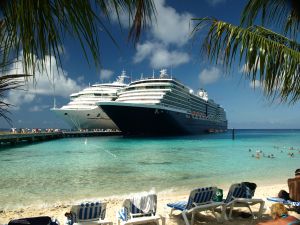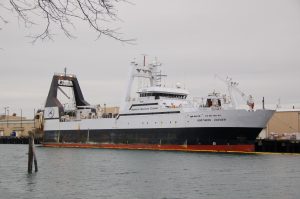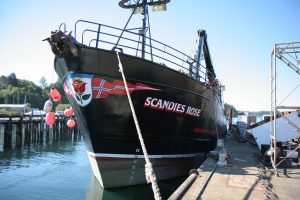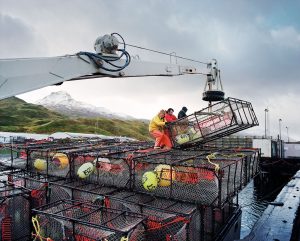206.624.8844
COVID-19 in the Pacific Northwest Fishing Industry
In response to the COVID-19 pandemic, the Pacific Northwest commercial fishing industry, together with state and local officials, have drafted rigorous protocols to protect the industry and the communities where they work. The first major coronavirus outbreak in the fishing industry occurred on a Seattle-based American Seafoods trawler, the American Dynasty, where 92 out of the 126 crew members tested positive for COVID-19. This news shook the Pacific Northwest fishing industry and came at the same time that meat processing plants across the U.S. were reporting similar outbreaks.
The rapid spread of COVID-19 on the American Dynasty showed how quickly the disease could spread on board a fishing vessel. It is a semi-enclosed environment where fishermen share bathrooms, sleeping quarters, and work side by side every day. Adding to the stress is the fact that the pandemic is happening as thousands of workers in the fishing industry are traveling up to Alaska from out-of-state because summer is the fishing industry’s busiest season. Some, including the CEO of Bristol Bay’s regional health corporation, called for Alaska to cancel this year’s season, but the state pushed ahead.
To ensure that the fishing season can continue, seafood companies and government officials are working hard to create and enforce safety measures to prevent the spread of coronavirus and keep the community and the workers safe. The State of Alaska issued a mandate on March 11th (revised June 5th) detailing the standards that independent commercial fishing must adhere to.
 Seattle Maritime Injury Lawyer Blog
Seattle Maritime Injury Lawyer Blog





